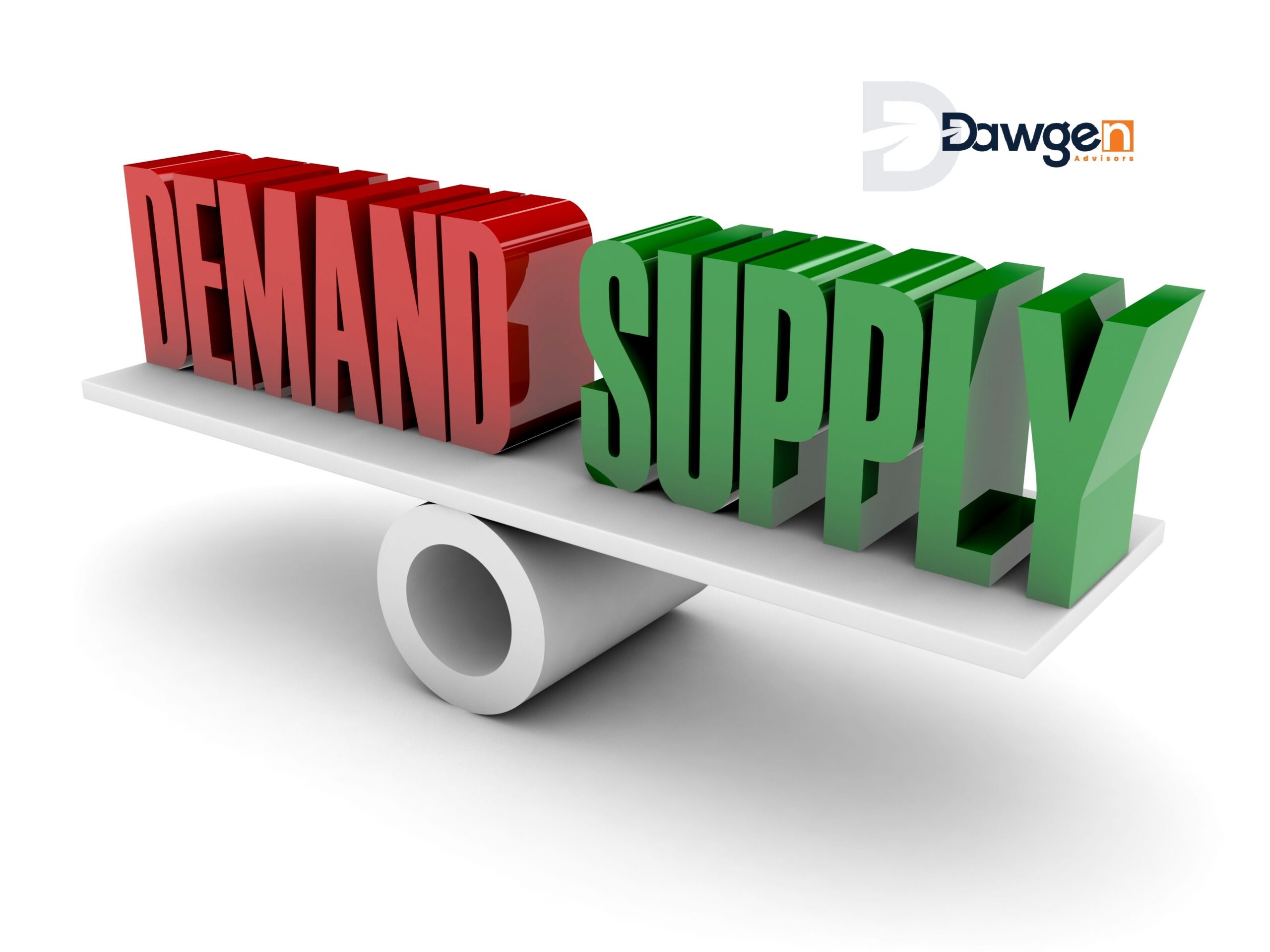
In today’s volatile global economy, tariffs—once simple tools of trade regulation—have evolved into powerful levers of geopolitical influence. With U.S. tariffs on Chinese imports reaching up to 145% and China responding with tariffs ranging from 84% to 125%, businesses and consumers are feeling the shockwaves. But not all goods respond the same way.
The critical factor that shapes the real-world impact of tariffs is demand elasticity—a measure of how sensitive consumer demand is to changes in price. This article explores how tariff-induced price shifts affect goods with elastic versus inelastic demand, and what that means for consumer behavior, pricing strategies, and global trade flows.
Understanding Demand Elasticity in the Context of Tariffs
Elasticity of demand refers to how much the quantity demanded of a good changes in response to a change in its price:
-
Elastic Goods: Highly sensitive to price changes. When prices rise, demand falls sharply. Examples: electronics, apparel, household goods.
-
Inelastic Goods: Less sensitive to price changes. Even when prices increase, demand remains relatively stable. Examples: fuel, essential medicine, basic food items.
When tariffs inflate the final price of an imported good, the elasticity of that product determines the economic fallout. This principle is now more important than ever as tariff wars disrupt the global flow of trade.
Tariffs on Elastic Goods: Demand Collapses and Trade Disappears
For products with high price elasticity, tariffs function like a switch—effectively shutting off demand. A 100%+ tariff can double the cost of a product, immediately pushing it beyond the consumer’s acceptable price range.
📉 Consequences for Elastic Goods:
-
Sharp Drop in Sales: Consumers shift to cheaper substitutes or domestic alternatives.
-
Market Exit: Importers may abandon certain products entirely due to unprofitability.
-
Retail Realignment: Stores reconfigure inventory to exclude tariffed goods.
💡 Example:
Smartphones from China priced at $500 become $1,025 with a 105% tariff. Consumers opt for models from other countries or wait for domestic releases—crippling importers’ revenue.
Tariffs on Inelastic Goods: Absorbing the Blow
In contrast, inelastic goods see less dramatic shifts in demand. These are essentials or products with few substitutes—think insulin, petroleum, or wheat. Even when prices spike due to tariffs, consumers have little choice but to continue buying.
🔄 Consequences for Inelastic Goods:
-
Stable Demand with Higher Prices: Consumers adjust their budgets rather than their consumption.
-
Inflationary Pressure: Tariff costs are passed along the supply chain, contributing to broader price increases.
-
Distributive Trade-offs: Distributors and retailers may absorb partial costs to maintain competitiveness.
💡 Example:
If a life-saving medication’s price rises by 50% due to import duties, hospitals and pharmacies continue to purchase it—even if it strains operational budgets.
Distributor Dilemma: Adjusting Pricing Models Amid Tariff Shocks
Distributors—the link between global manufacturers and local retailers—are particularly exposed during tariff escalations. Their pricing models, often built on stable margins, are upended as they face higher import costs, diminished sales, and inventory risks.
🔧 Key Impacts on Distributors:
-
Margin Compression: Unable to pass full tariff costs to consumers.
-
Strategic Sourcing: Need to identify alternative suppliers or local production partners.
-
Contractual Adjustments: Renegotiating terms with retailers or absorbing partial losses.
For elastic goods, distributors must quickly pivot to alternatives. For inelastic goods, the focus shifts to efficient logistics, bulk buying, and cost-sharing agreements to manage price pressure.
Consumer Spending Behavior in a Tariff-Driven Market
At the end of the chain, consumers make the ultimate decision: buy, delay, or substitute. Tariffs distort their decision-making by introducing price shocks, especially for elastic goods.
🛍️ Consumer Reactions:
-
Elastic Goods: Shoppers avoid high-cost imports, hunt for substitutes, or delay purchases.
-
Inelastic Goods: Consumers shift budget allocations—cutting back on discretionary spending to afford essentials.
This altered behavior shrinks demand for certain categories while driving inflation in others, contributing to an uneven economic landscape.
Tariffs, Elasticity, and Global Trade Flows
At a macroeconomic level, tariff wars reshape global trade routes based on how each category of goods responds to price manipulation.
🌐 Global Implications:
-
Trade Reallocation: Countries re-route exports to nations with favorable tariffs or trade agreements.
-
Manufacturing Migration: Multinationals move production away from tariff-targeted countries.
-
Supply Chain Fragmentation: Elasticity-driven trade shifts complicate logistics and increase costs.
The elasticity factor becomes a critical consideration in international trade strategy, as businesses determine which products can withstand tariff exposure and which must be sheltered or restructured.
Conclusion: Why Elasticity Matters More Than Ever
In an era of heightened trade tensions and rising economic nationalism, the concept of demand elasticity has taken on a new level of importance. It is no longer a subject confined to economics textbooks—it is a strategic imperative that shapes how businesses survive, adapt, and thrive in a world of tariff unpredictability.
As tariffs distort pricing and shift supply-demand dynamics, the ability to anticipate consumer responses becomes a competitive advantage. Governments setting trade policy, distributors managing price margins, and multinational firms forecasting revenue must all account for how elasticity influences their bottom line. Ignoring this relationship leads to ineffective pricing strategies, excess inventory, reduced market share, and ultimately—revenue erosion.
🧭 How Dawgen Global Advisors Can Help You Navigate Tariff Disruptions
At Dawgen Global, we recognize that tariff volatility presents both risk and opportunity. Our multidisciplinary advisors work alongside clients to develop resilient, data-informed strategies that mitigate revenue losses and uncover pathways to profitable growth—despite global trade headwinds.
🔍 1. Elasticity Analysis & Pricing Intelligence
We provide businesses with advanced demand elasticity studies to:
-
Identify which of your products are price sensitive vs. price resilient
-
Develop dynamic pricing models based on tariff impact scenarios
-
Recommend optimal price points to balance customer retention and margin preservation
🌐 2. Supply Chain Diversification Strategy
Through our Strategic Sourcing & Global Operations Advisory, we help you:
-
Shift procurement to low-tariff or tariff-exempt jurisdictions
-
Implement dual sourcing or nearshoring to limit single-region exposure
-
Evaluate vendor reliability, lead time, and landed costs under new tariff structures
💼 3. Financial Forecasting & Revenue Resilience Modeling
Dawgen Global’s financial consultants offer:
-
Tariff-adjusted P&L projections across product lines and business units
-
Scenario planning models to understand best-case, base-case, and worst-case impacts
-
Tools to realign operational budgets and reinvest capital efficiently
🏷️ 4. Market Repositioning & Competitive Repricing
We assist clients in identifying new regional markets with favorable trade terms and:
-
Repackage or rebrand products for value-based positioning
-
Launch targeted sales strategies for tariff-resistant goods
-
Develop pricing tactics that account for consumer behavioral shifts
🧠 5. Strategic Advisory for Risk Governance
Our experts deliver board-level advisory services to:
-
Assess geopolitical risk exposure and develop mitigation frameworks
-
Align risk appetite with supply chain strategy and pricing policy
-
Train internal teams to adapt faster to regulatory changes and global market disruptions
🏁 Turning Economic Pressure Into Strategic Progress
At Dawgen Global, we don’t just help clients react to tariffs—we equip them to respond strategically. We believe that understanding and leveraging demand elasticity is a vital step in designing robust trade, pricing, and supply chain frameworks.
In today’s fractured trade environment, resilience is not passive—it’s proactive.
Whether you’re facing steep import duties, searching for tariff-advantaged markets, or recalibrating product portfolios for volatile conditions, our advisors offer tailored, actionable solutions to protect and grow your revenue.
Next Step!
“Embrace BIG FIRM capabilities without the big firm price at Dawgen Global, your committed partner in carving a pathway to continual progress in the vibrant Caribbean region. Our integrated, multidisciplinary approach is finely tuned to address the unique intricacies and lucrative prospects that the region has to offer. Offering a rich array of services, including audit, accounting, tax, IT, HR, risk management, and more, we facilitate smarter and more effective decisions that set the stage for unprecedented triumphs. Let’s collaborate and craft a future where every decision is a steppingstone to greater success. Reach out to explore a partnership that promises not just growth but a future beaming with opportunities and achievements.
✉️ Email: [email protected] 🌐 Visit: Dawgen Global Website
📞 Caribbean Office: +1876-6655926 / 876-9293670/876-9265210 📲 WhatsApp Global: +1 876 5544445
📞 USA Office: 855-354-2447
Join hands with Dawgen Global. Together, let’s venture into a future brimming with opportunities and achievements

